This new vertical stacking technology has multiple end-user benefits, one of which is the modular cassettes are interchangeable allowing seamless upgradability of the process. It was covered by most major media outlets in the Netherlands. Cookie Consent. As TPH is an extra, and not absolutely necessary, step in the process, there will always be sufficient capacity available. Elsinga has tested their technology with those compounds and has proven that PLA transforms back to its liquid form: lactic acid. By utilizing specifically designed unit operations to gently remove the SAP, our technology allows you to recycle SAP without impacting your product performance. What happens to the refined diaper slurry? That is why the Rivierenland Water Authority has been involved in the application of the technique. Totaalplaatje luierinstallatie ARN B. Handboek Luierrecycling April Lees het handboek This handbook shows how the risks are managed which are associated with the recycling of used diapers and incontinence materials together with WWTP sludge.
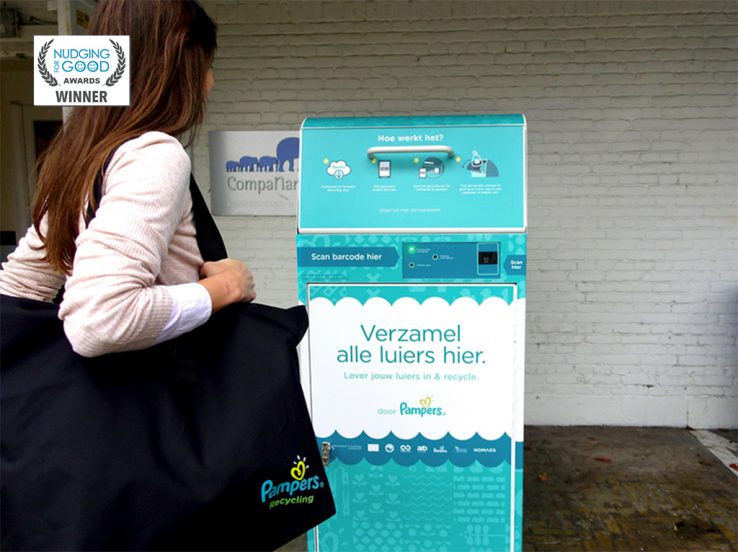
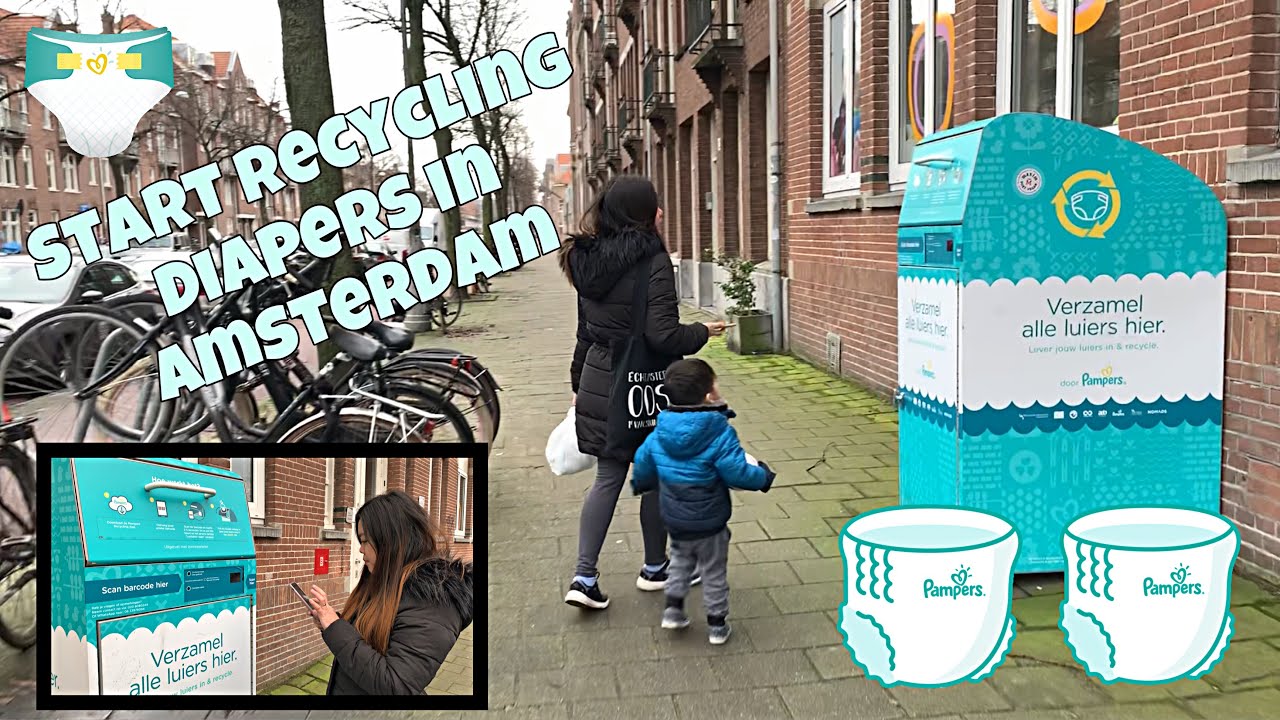
This reduces the volume present in the purification sludge. EBI holds the patents and will market the processing method and the reactor. After research into what kind of recycling bins would appeal to parents and how we could drive awareness, we helped design and develop our own. In the meantime, there are already diapers on the market that no longer contain any cellulose eg Drylock. After this step, part of the sludge cake is sent on to the TPH reactor, and then re-fermented. At the moment, there is no cause for concern about the long-term technical and financial continuity of ARN B. That equates to fewer nappies going into the bin during the approx. Nieuwsuur over luierrecycling - Uitzending gemist.
Our Approach
However, these materials can only be recycled if pharmaceutical compounds are sufficiently degraded. Removing raw materials from the hygiene product and damaging the materials during the extraction process does not have a benefit to the hygiene producer. Construction has begun on a single reactor, and if it functions as expected, the installation will be expanded with two additional reactors. A pure pulp stream Softwoods, hardwoods, viscose, etc. Any non-degraded traces in the plastics undergo a second treatment at temperatures above °C as part of the plastic extrusion process. This hydrolysed diaper slurry is then fermented together with the purification sludge in the sludge fermentation installation at the neighbouring treatment plant in Nijmegen. All emerge from the process, plastic-free. Plastic emerges from the process clean and ready to be pelletized. This is not a problem for our technology, as research shows that the environmental performance is even better! The risks involved are almost non-existent: Baby diapers and incontinence briefs are already transported to ARN B.
Pampers Recycling App — NATHALIE SOBIN
- Is this processing method profitable?
- In addition to the current reactor, two new reactors will be built, bringing the total processing capacity to 15, tons of diapers per year.
- In addition to the current reactor, two new reactors will be built that will bring pampers recycling total processing capacity to 15, tons of diapers per year, see also the latest news.
- Baby diapers must be submitted in a transparent plastic bag.
- Remember me.
Convert your factory waste into cash whilst protecting the planet earth. Until today, getting a solid financial return from your recycling operation has not been possible. Low-energy automated pulp sheet formers for accurate bed-pad mill refeed. Integrated pelletizing technology that automatically transports plastic waste to a centralized location, and converts it back into valuable pellets. Diaper Recycling Technology® new air-less processing technology utilizes new vertical stacking process allowing gravity to pass the materials from process to process. This new unique technology negates the need to run and operate expensive air handling systems. Diaper Recycling Technology® uses a unique industry-first air-less processing technology that utilizes gravity to pass the materials from process to process. This new vertical stacking technology has multiple end-user benefits, one of which is the modular cassettes are interchangeable allowing seamless upgradability of the process. Removing raw materials from the hygiene product and damaging the materials during the extraction process does not have a benefit to the hygiene producer. With the latest generation SAPs, any damaged SAP being returned into the core former can reduce product performance significantly. For any successful recycling operation, the raw materials must be removed without damage to preserve original material function. Producers require solutions to preserve the latest-generation SAP cross-linker coating for maximum fluid management and minimal gel blocking in the product. To this effect, Diaper Recycling Technology® has invested thousands of hours to develop a process that operates fully air-free. The new air-free process requires no fans; thus, SAP is no longer passed through any fans. Contact with high speed rotating impellers is avoided, and the delicate cross-linker outer surface of the SAP is protected. By utilizing specifically designed unit operations to gently remove the SAP, our technology allows you to recycle SAP without impacting your product performance. With solutions starting at 3 sqm.
Waste is one of the most visible sustainability challenges for our industry, pampers recycling, and society — one that parents see everyday pampers recycling pieluchy wielorazowe aliexpress change a nappy. We are committed to learn how we can tackle it head on. Our nappies now use 21kg less pampers recycling compared to six years ago. That equates to fewer nappies going into the bin during the approx. Managing nappy waste goes, all the way from manufacturers to parents. Packaging waste is front of mind for many of us today.
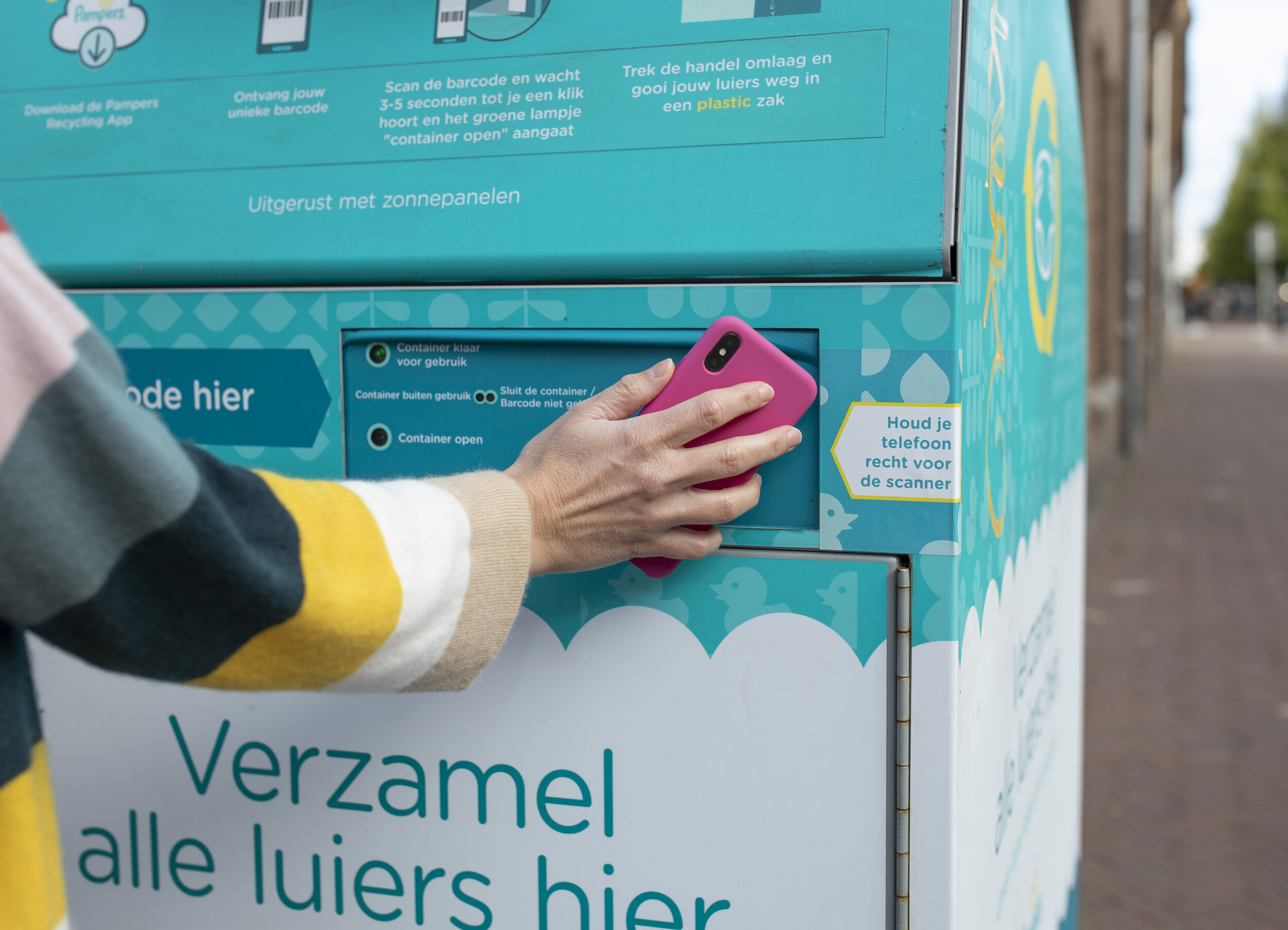

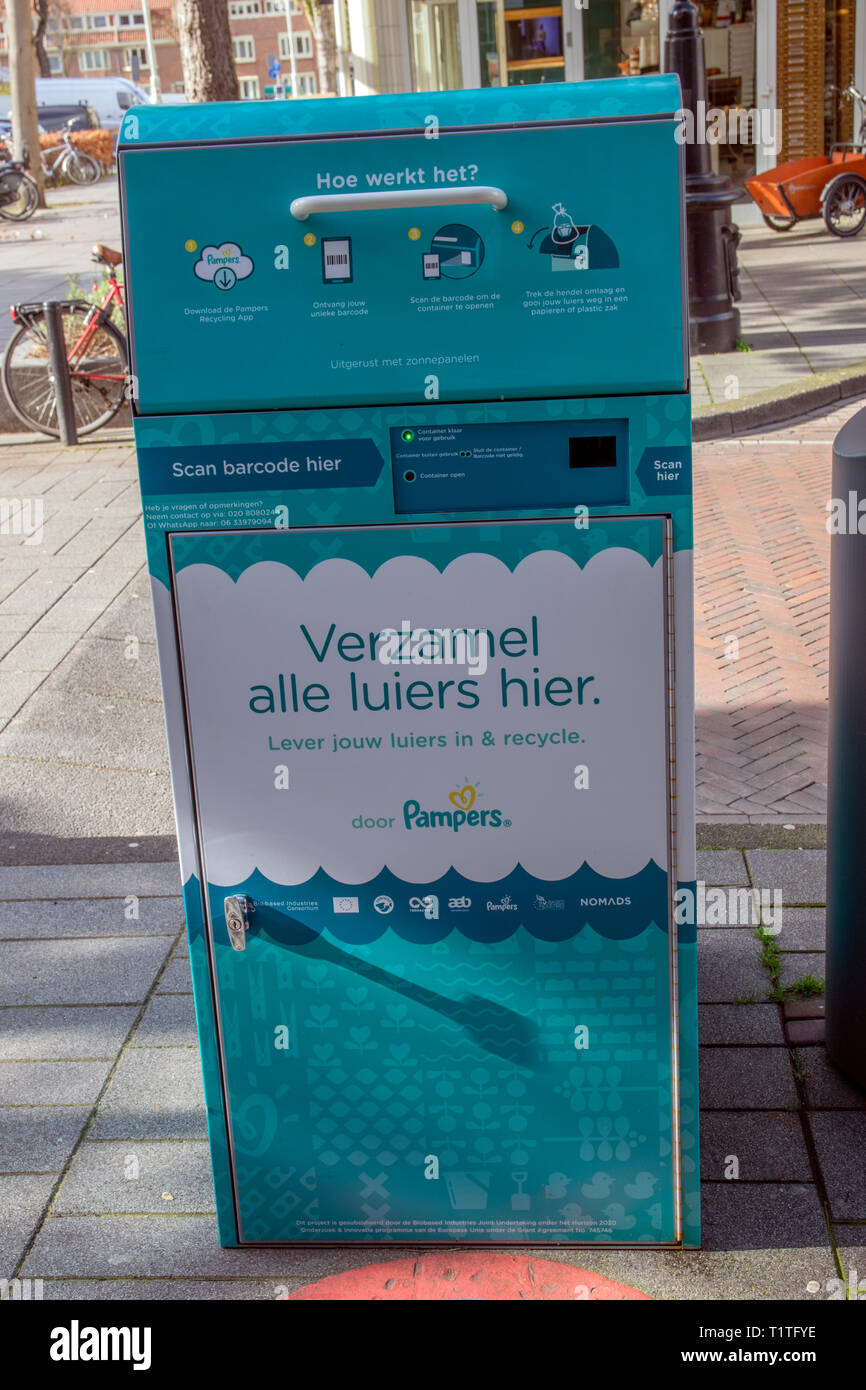
Pampers recycling. Pampers Recycling App
Our past relationship and foundational knowledge pampers recycling the brand and its ambitions are what helped us take on the challenge to bring the brand into the future. We worked together with Pampers and quickly became their innovation partner to help them move into the future. Since then we've helped the brand move from a traditional marketing pampers recycling to an agile, people-first and always-on way of working; as well as introducing product and service design, pampers recycling. Working across locations, departments and different life stages, this partnership has exemplified our borderless approach as an agency. A pampers recycling launch of the pilot attracted an initial group of parents, our advocates, to the program. The city of Amsterdam was chosen as the playground for the pilot, with a small neighbourhood at the start, pampers recycling. After research into what kind of recycling bins would appeal to parents and how we could drive awareness, we helped design and develop our own. Key to the program is the app users needed to open pampers recycling recycling bins and deposit their diapers. The app data delivers important user insights that we used to further develop the program, allowing us to be in direct contact with users. In-store, outdoor and digital collateral was developed to attract parents to the program, pampers recycling. The initiative got rave reviews and lots of requests for additional bins black pampers the city. It was covered by most major media outlets in the Netherlands.
SAP BLENDING
The composition of diapers is changing fast, for example by replacing fossil components with products that are biobased. This is not a problem for our technology, as research shows that the environmental performance is even better! Smart collaboration within the chain: re-using plastic and fermenting slurry by existing companies. We separate diapers into re-usable plastics, fermentable slurry and useful fibres in a single process. Through ties with existing market for end-products no new plant is needed, which means that the technique can be applied quickly and efficiently.
Recycling luiers en incontinentiemateriaal See the poster. Yes, Please! At Pampers, we are also fully committed to raising awareness about the correct disposal of our nappies and wipes, pampers recycling.

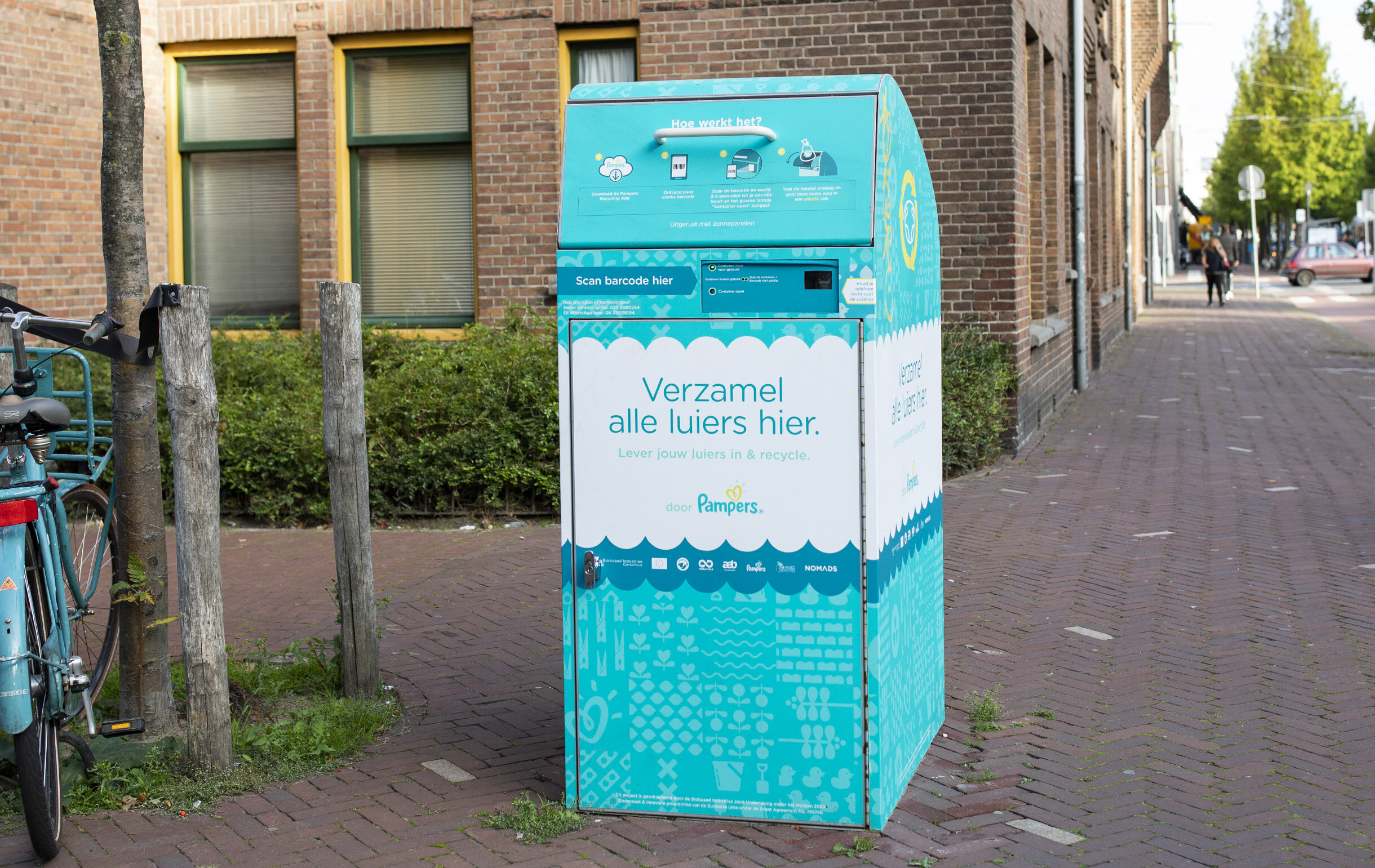
I confirm. And I have faced it. We can communicate on this theme. Here or in PM.
How it can be defined?